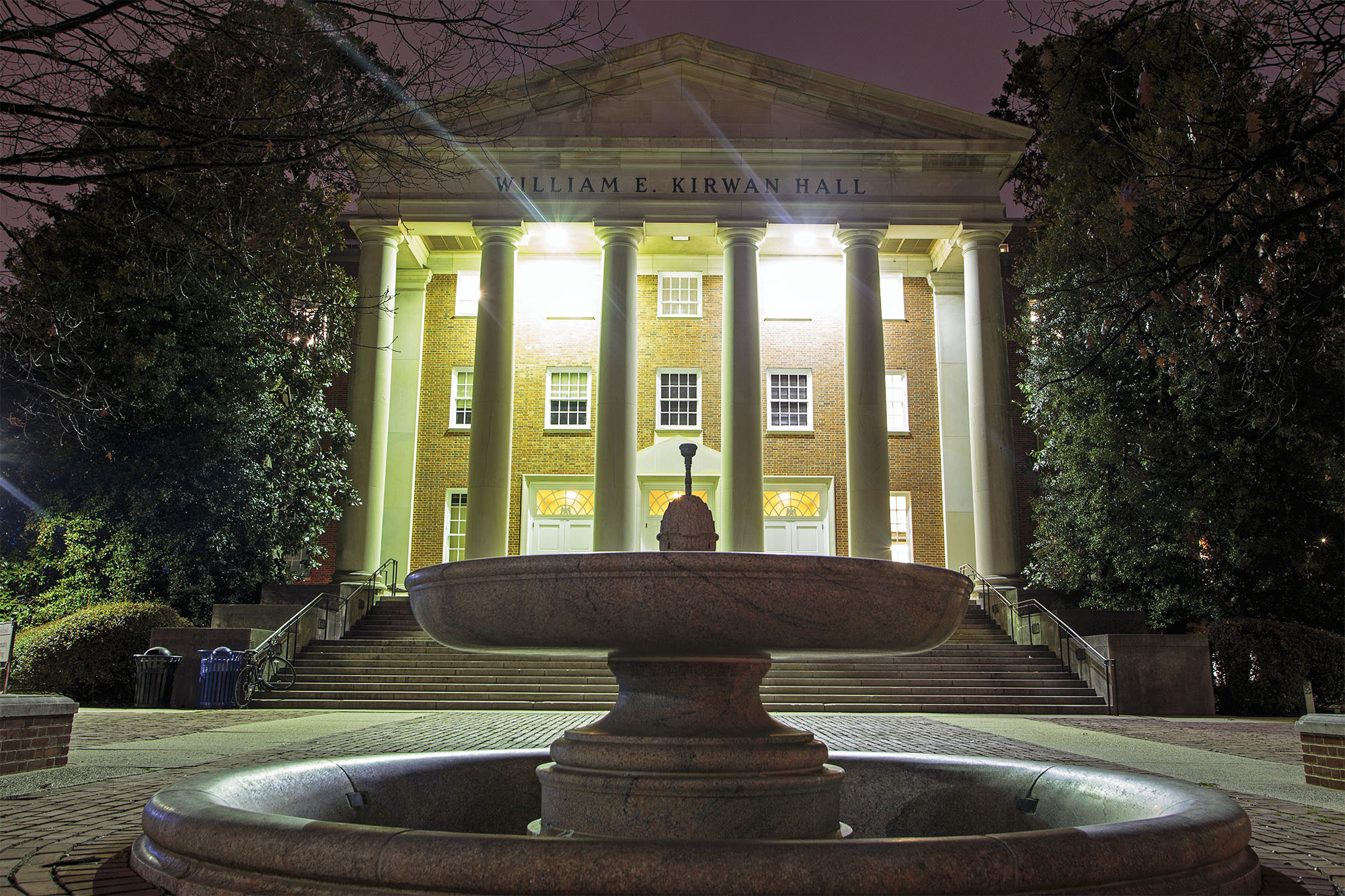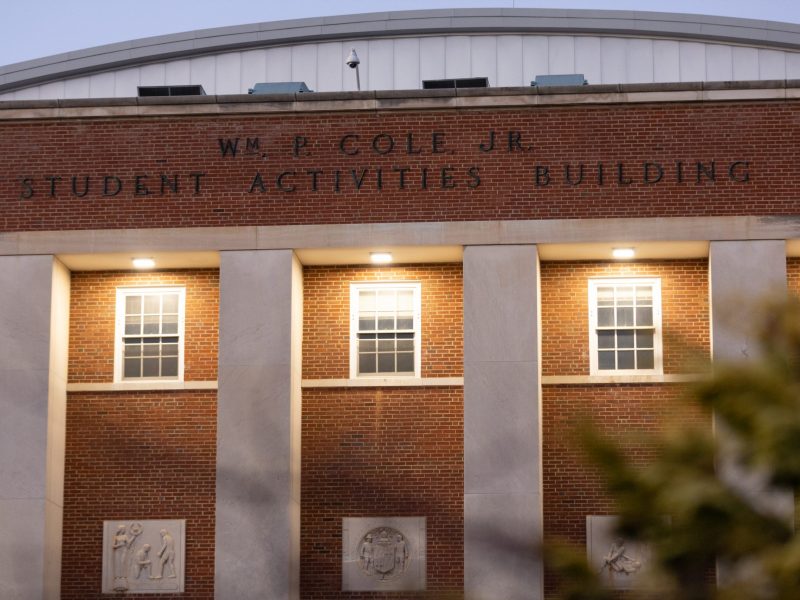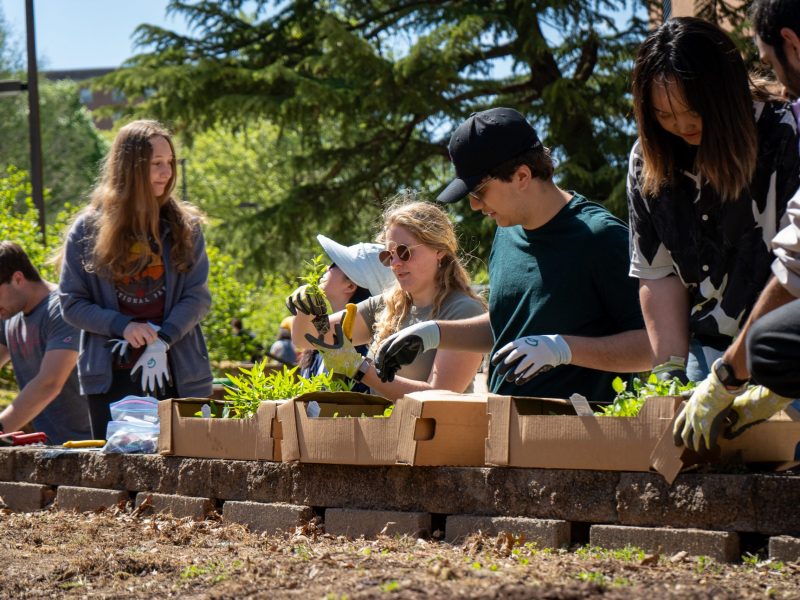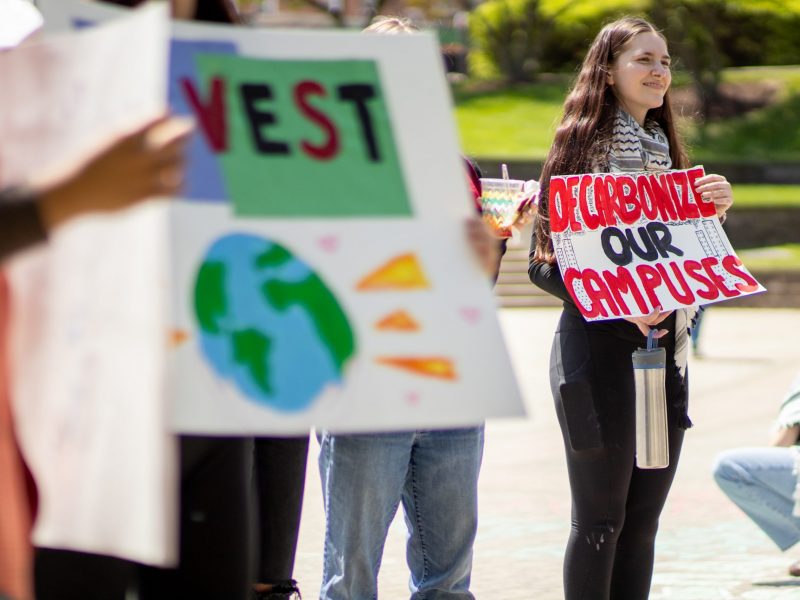When junior computer engineering major Josiah Boyle walks through Glenn L. Martin Hall or the A.V. Williams Building on his way to class, he notices how much the buildings’ infrastructure needs to be fixed.
“The equipment in those buildings [is] nice, but the actual facilities themselves are not,” he said. “When I’m walking through a hallway, I sometimes see something like a hole in the ceiling, which kind of sets you back a little bit.”
Boyle also wants the University of Maryland to work on fixing the buildings’ outdated aesthetic, which he believes is the drawback to many of the STEM buildings on the campus.
However, these infrastructure problems are not just happening in STEM buildings, but all over the campus’ 13 million square feet of interior building space, as well as in some exterior spaces, Facilities Management Operations and Maintenance Director Jack Baker said. And while the backlog is reaching $1 billion at this university, there aren’t enough funds to fix it.
“This university is the fifth-largest city in the state of Maryland, and every building and utility system has to be maintained,” Baker said. “A lot of the buildings on campus are 60 or 70 years old and need major work, which isn’t always feasible.”
In his 2016 Capital Budget Testimony to the Maryland General Assembly, university President Wallace Loh said the deferred maintenance — a backlog of funding needed to update infrastructure — was $907 million, with $738 million of that for the inside of buildings and $169 million for exterior projects, such as the roads or underground piping on the campus. That’s $157 million more than the backlog was two years ago.
In his 2011 State of the Campus speech, Loh said, “We will be spending immediately $10 million annually for the foreseeable future to address the ‘invisible crisis’ on the campus. This is the flooded basements, leaking roofs and the outdated systems that one does not see behind the magnificent Georgian facades of the century-old buildings on campus.” As a result, this state began to allocate money to this university for infrastructure needs starting in fiscal 2012.
Facilities Management formed two plans: “The Invisible Crisis” and “Restore the Core,” in 2010 to deal with campus buildings’ failing infrastructure. “The Invisible Crisis” focused on utility systems and HVAC, piping, electrical equipment and other issues. “Restore the Core” focused on updating older buildings around the mall one by one that were built before 1962. The funding from the state that Loh spoke about is specifically for “The Invisible Crisis.”
“The Invisible Crisis” projects are split up into various sections including life safety, which are fire alarm systems and electrical equipment; HVAC, which stands for heating, ventilation and air conditioning; utility systems and environmental projects, Baker said. The recent construction on McKeldin Mall was also part of this plan.
Baker said life safety projects are the most important and “probably about 30 of those projects have been completed since the state started funding this program.”
But the funding didn’t live up to Loh’s promise. Starting this fiscal year, the state did not provide any funding to this university for infrastructure repairs.
Arshad Mughal, associate director of capital budgeting for Facilities Management, thinks this is because the state allocated more money than usual for new buildings being built on the campus.
“We saw that we were going to lose funding in the government’s five year plan, and in a way, I was not too terribly surprised, but we were all disappointed,” Mughal said. “Normally, we get way less money for other big projects on the campus.”
The state does not have any plans to provide funding in fiscal 2018, Mughal said, but he is confident it will get restored in the next few years.
Baker said he is disappointed about the lack of funding, adding “projects can’t be completed quite as fast without state funding,” but creating new buildings also helps the infrastructure problem.
“A lot of buildings on the campus are reaching the end of their lifespans, and we continue to improve them, but just like cars, you can’t keep maintaining it; you need to replace it at some point,” Baker said. “But you can’t just tear down a building — where are you going to put the people in there? That is partially what the new buildings are for.”
Bill Olen, executive director of planning and construction, said two recent projects to address this funding problem “were to replace the security lighting along Regents and Paint Branch Drives and replace the HVAC system at Jimenez Hall.”
And, addressing Boyle’s concerns, Baker said multiple STEM buildings have gone through upgrades recently or will get them in the upcoming months.
William Kirwan Hall underwent a $300,000 electrical upgrade in June 2016, and Glenn L. Martin Hall went through the same construction in July. A $1.2 million project to replace the electrical distribution system in J.M. Patterson is going to finish over Christmas break, Baker said, and in January, construction crews will start replacing the fire alarm system in the plant sciences building — a $325,000 project. The generators will be replaced in the Computer and Space Sciences building next summer as well, which will cost about $3 million.
However, Baker said the backlog will likely continue to grow, because requirements are outstretching the resources this university has.
“There’s a tremendous requirement each year to keep all the systems on the campus running, but funding maintenance is not a flashy thing to do” like funding new, high-tech buildings, Baker said. “The entire infrastructure of the U.S. and the world is deteriorating — every university, every city, even the federal government has this problem.”
The backlog of maintenance is up 22 percent since 2007 at public universities and colleges in the U.S., according to a 2015 study by Sightlines, a higher-education facilities consulting firm.



